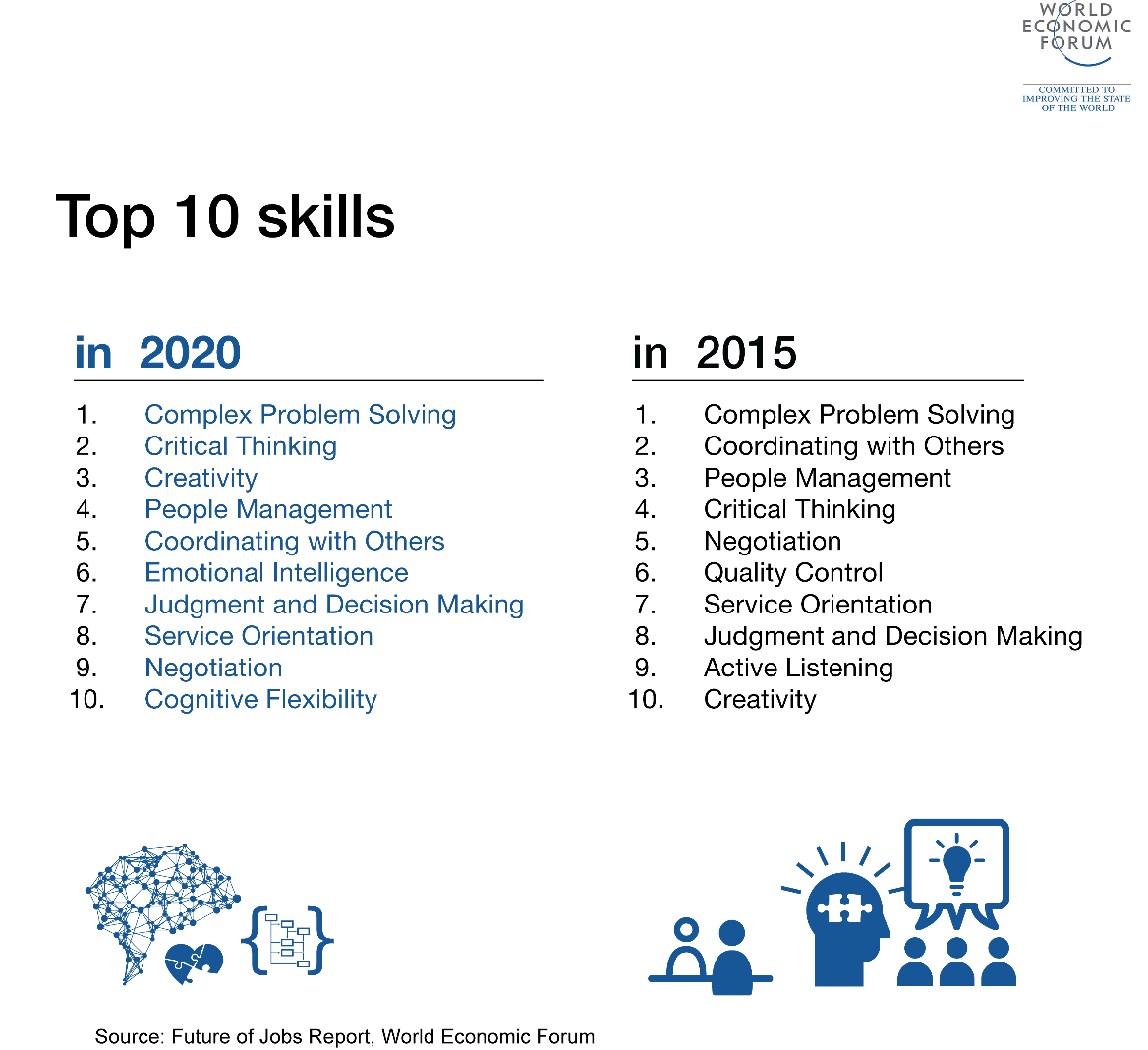Being an effective risk professional in today’s business environment takes more than just technical knowledge of risk management techniques. If you want more info on those aspects for ERM, you can browse through my blog for a laundry list of topics, as well as various books and other online resources.
But as explained in last week’s piece, technical skills are only one piece of the puzzle. ERM professionals must possess other soft or non-technical skills in order make ERM a valuable tool for helping the organization succeed. Last week, I discussed one vital, yet underappreciated soft skill for ERM success ─ listening and reading people.
No person will possess all of these soft skills naturally. For example, you may be a great listener, but you may struggle with speaking in front of others. Skills like this are strongly connected to your personality and therefore can be hard to change.
However, by taking the effort to develop and enhance these soft skills, you will propel ERM into what it is meant to be – a tool for ensuring executives are making informed decisions and taking the right amount of risk in pursuit of strategic objectives. In the process, you personally will build yourself into a well-rounded, more valuable risk professional.
Today, I am focusing on another skill important for accomplishing this goal, specifically strategic thinking.
Developing strategic thinking skills requires you to get out of the day-to-day and start thinking more “big-picture” for your organization.
If you’ve spent years honing your skills at effectively identifying risk, assessing risk, developing risk reports, or running a risk workshop, developing strategic thinking skills is going to take you outside of your comfort zone.
After all, you may be well versed in the day-to-day risk processes, but this is not where the real value for an ERM professional lies.
As I explain here and other thought leaders like Hans Læssøe discuss in their materials, ERM’s true focus should be on improving business performance , not getting bogged down in the day-to-day minutiae.
By minutiae, I am talking about when we focus on understanding why or how a process is done step-by-step and needing to know the history of the process for the last 5-10 years. Some details are good because a good strategic thinker will need to be able to grasp details, or the nuance of things, and understand how they impact the bigger picture.
But you have to know where to draw the line.
To illustrate this difference, think about the recipe for your favorite chocolate-chip cookies. (My recipe is always requested at special occasions and family birthday celebrations.) As the baker, it’s important to understand how each ingredient comes together to create the ooey-gooey treats we all enjoy – how they all flow into the bigger picture. On the other hand, minutiae would entail knowing the process that went into making the flour used for the cookies.
As I can personally attest, you don’t need to know this to make great cookies, but you do need to understand how ingredients in the right proportions and quality combine to make a delicious cookie.
To go from the day-to-day minutiae to the bigger picture, you have to start thinking like an executive, even if you do not aspire to be one.
In fact, according to this report from the World Economic Forum, critical thinking or strategic skills is ranked as the second most important skill workers will need to have in order to succeed in the years ahead…complex problem solving ranks #1. Any good executive will excel at both of these…
(Did you notice that emotional intelligence – the topic of last week’s article – ranks as #6 on the list?)
Writing in Harvard Business Review, executive-coach Ron Carucci explains:
Exceptional executives have deep knowledge of how the pieces of the organization fit together to create value and deliver results.
One step to start thinking like an executive is to change your mindset according to another executive coach, Nina Bowman. Don’t say strategic thinking is only for executives…it is in fact an unspoken part of any job.
To be strategic, having a solid understanding of industry context, trends, and drivers of the business is important. Looking at data and trends isn’t enough, but instead mesh these trends with your role as an ERM professional.
In a 10-year study of what makes an exceptional executive, one quality that stood out is the ability to understand the big picture of the organization and how it applies to wider economic, technological, and customer trends.
Asking questions is another attribute of executives that will help risk professionals develop strategic thinking skills.
Now that may seem a little basic, but “questions are the language of strategy” explains Bowman. Being more curious helps you look at things from different points of view and see different philosophies, approaches, and potential outcomes. Also, great leaders know that asking questions is what puts them in other peoples’ shoes so the leaders can truly understand what they are dealing with.
Lastly, developing strategic thinking skills requires you to set aside time to, you know, think.
Simply running from meeting to meeting and always being focused on completing the next task is not going to get you to a strategic or executive-level view of your organization.
This goes back to thinking day-to-day or in the minutiae.
Take time to just sit and think. Don’t let yourself feel like you’re doing nothing, but instead look at it as time for understanding the big picture of things both within and beyond your organization. If you have to, block out time on your calendar every week to have this thinking time. Personally, I love to set aside time to mind-mapping concepts floating through my mind. Many people tend to be visual, so having an image on paper is most easily understood than having it run in a loop mentally.
As you work on these four steps, you will help ERM deliver more value to executives and the organization as a whole.
Would you explain your role in ERM as more documentation or an active participant in the organization’s strategic decisions?
Are there other methods not mentioned in the piece that you have found valuable in developing strategic thinking skills?
Please share your thoughts on strategic thinking and its importance for developing ERM into a valuable part of an organization’s success. You can join the conversation on LinkedIn.
Like the previous article on listening and reading people, this piece just scratches the surface on developing strategic thinking skills. In the months ahead, I hope to share more from books and other materials on this important skill so necessary in the 21st century workplace.
If you feel like ERM is not serving as a valuable tool for ensuring your organization’s success, please feel free to contact me to discuss specific issues today.
Featured image courtesy of Val Vesa via Unsplash.com








